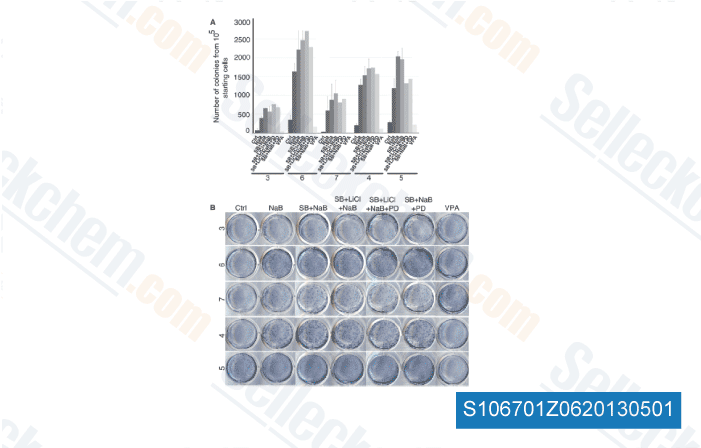Despite making utilization of a substantial fraction of the unique sequencing reads, the raw Trinity assembly was largely redundant, because the mapping of your reads on the assembled contigs re vealed 75% of non precise matches. To the contrary the raw CLC assembly showed almost no redundancy but only 33% of sequenced fragments had been used to produce the assembly. The sequence redundancy was significantly reduced to 19. 21% right after the elimination of Trinity redundant contigs by MIRA without any reduction of sequence data, since the complete variety of reads mapped over the up to date as sembly slightly increased due to the elongation of 8,496 Trinity contigs by CLC. Even though a substantial portion of contigs with very low expression was discarded, this didn’t signifi cantly impact the total quantity of mapped reads and contributed to a even further reduction of sequence redundancy.
The comparison amongst sequence length categories primarily based on average coverage, before and soon after the contig filtering phase, uncovered that this procedure was able to sensibly reduce the amount of short sequences, in particular individuals shorter than over here 500 bp, moving the distribution of contig length in direction of longer and much more trusted sequences. Transcript fragmentation was assessed with all the Ortholog Hit Ratio process, which relies on the com parison between the observed length of contigs as well as complete length of regarded ortholog sequences selleck of other species, detected by BLASTx. This strategy is strongly influenced by inter species divergence and by the different substitu tion costs observed amongst genes and can normally lead to an below estimation of transcript integrity.
To overcome this imperfection of the process we utilized a correction considering while in the examination only highly conserved genes. By these suggests, a suffi ciently large set of sequences was analyzed, permitting to acquire a trusted estimate of fragmentation inside the high quality liver and testis transcripts. The comparison with ortholog sequences  unveiled that about a half from the contigs were assembled to their total length. The mean and median ra tios resulted for being 0. 72 and 0. 86, respectively. Approxi mately a quarter with the large high-quality transcript set is anticipated to be composed by hugely fragmented contigs. The typical length with the contigs obtained, ranging from 250 to twenty,815 bp, was one,080 bp. The N50 statistic in the assembly was one,761 and 1,081 contigs longer than five Kb have been obtained. A summary with the last assembly statistics is shown in Table 2. Transcript annotation The annotation performed with BLASTx towards the NCBI non redundant protein database exposed that 23,564 of the assembled contigs had at least one beneficial hit. 42,744 contigs didn’t give any BLAST hit through the cutoff of 1×10 6. The BLAST best hit species distribution is shown in Figure 4.
unveiled that about a half from the contigs were assembled to their total length. The mean and median ra tios resulted for being 0. 72 and 0. 86, respectively. Approxi mately a quarter with the large high-quality transcript set is anticipated to be composed by hugely fragmented contigs. The typical length with the contigs obtained, ranging from 250 to twenty,815 bp, was one,080 bp. The N50 statistic in the assembly was one,761 and 1,081 contigs longer than five Kb have been obtained. A summary with the last assembly statistics is shown in Table 2. Transcript annotation The annotation performed with BLASTx towards the NCBI non redundant protein database exposed that 23,564 of the assembled contigs had at least one beneficial hit. 42,744 contigs didn’t give any BLAST hit through the cutoff of 1×10 6. The BLAST best hit species distribution is shown in Figure 4.
LPA Receptor Signaling
A protein that in humans is encoded by the LPAR1 gene.
